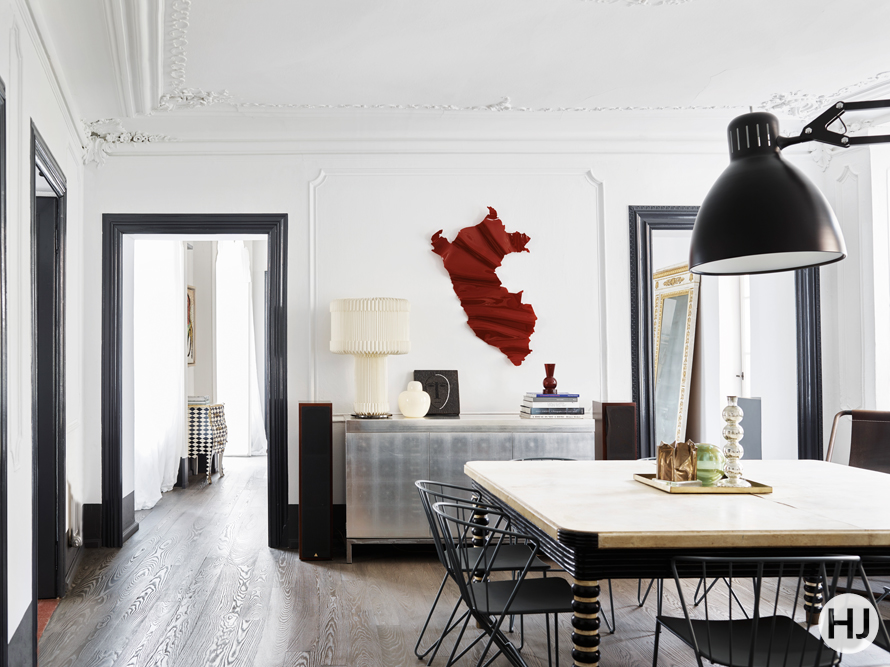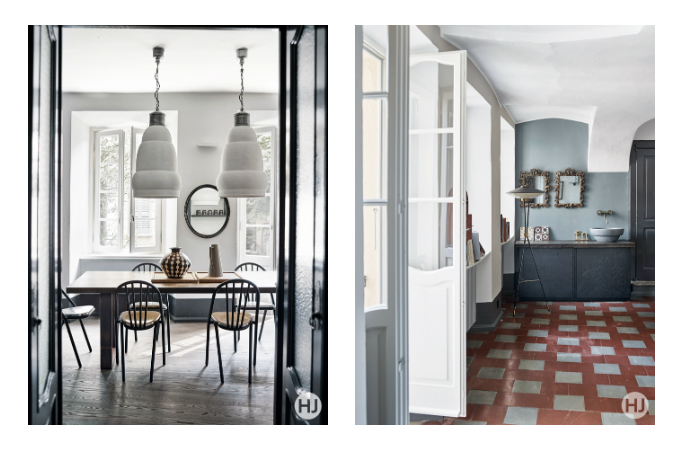My palace sure had a long series of inhabitants before me, but none of them stayed here as long, and I believe none of them loved it so much and made it their favourite residence as I did.” This line, from Hermann Hesse’s novella Klingsor’s Last Summer, isn’t entirely from the realm of fiction. In the work, the author depicts himself as the main character, who paints watercolour landscapes and lives at Casa Camuzzi. That’s exactly how Hesse spent his time at this majestic home in Ticino, Switzerland, where the writer lived between 1919 and 1931. More than a mere residence and a refuge from World War I, Casa Camuzzi was also his creative salon; it was here that Hesse penned some of his most important masterpieces, including Klein and Wagner, Siddhartha, Steppenwolf, and Narcissus and Goldmund.

Surely, much of the magic that envelops this dwelling today was brought by the artistic souls that arrived at Casa Camuzzi. In the 12 years that Hesse lived here, eminent intellectuals such as Thomas Mann, TS Eliot, Romain Rolland and Stefan Zweig visited. It also drew important personalities from the art scene, including painters Gunter Böhmer and Hans Purrmann, and writer Hermann Burger, who stayed here for long periods.

Today, the story continues with its current inhabitants: entrepreneur Giulio Antonello and his wife, interior designer Francesca Neri, and their children Claudia and Filippo. Giulio regales us with the interesting backstory of the home: Casa Camuzzi was built over several phases during the first half of the 1800s. Agostino Camuzzi, the forefather of a well-known family of sculptors and decorators, built this castle based on a model inspired by a hunting lodge belonging to Tsar Nicholas I,” he explains. While conceiving this palace, Camuzzi didn’t follow the standards of his period, but developed a building with an irregular plan, presenting Neo-Gothic elements blended with Baroque stucco, bearing an often ironic and irreverent attitude. It’s as if, back in Saint Petersburg, he had to restrain his creativity to then let it out in a free – and at times bizarre – way here in Collina d’Oro.” Over time, the fortune of the Camuzzi family diminished; in the early 1900s, the palace was divided into different apartments that were rented to intellectuals and artists, among them Hesse.
To read more, pick up a copy of our February issue!
The post Old Soul appeared first on Home Journal.






